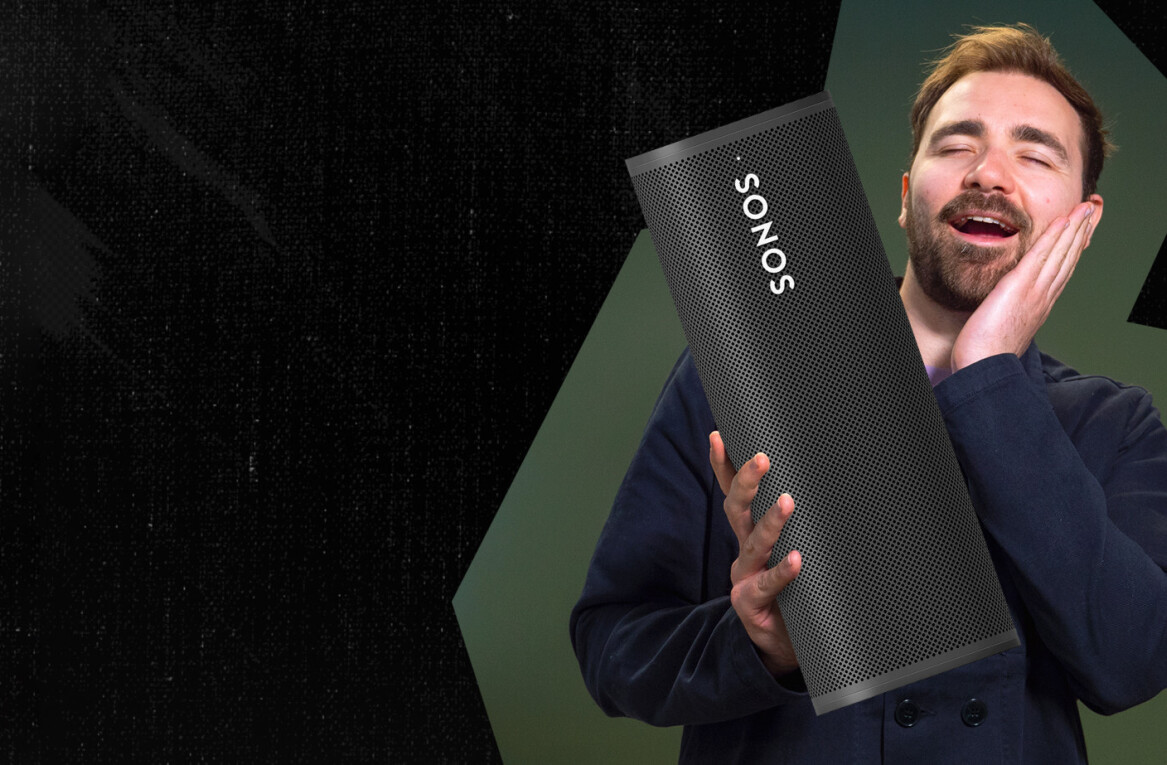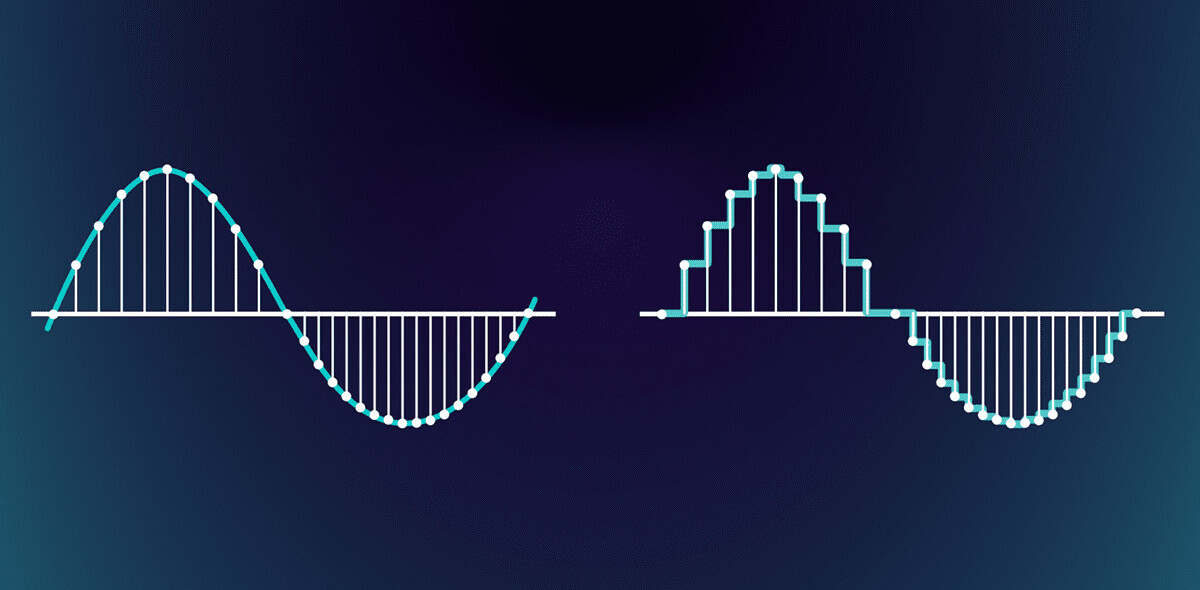Vinyl is booming, streaming services are more popular than ever, and we’re all depressed. This means one thing and one thing only: it’s time to reassess CDs.
Yes, friends, you read that correctly. The humble compact disc has been unloved for far too long. And I’m here to change that. And your opinion. After this you’ll no longer view CDs as a boring bit of old technology. Instead, you’ll view them as a medium we should all value and throw ourselves at the feet of.
Probably. I’m not in control of your mind. Whatever.
Anyway, I’ve gone in so hard on CDs I’ve even made a video about it. Which you can watch above — and I implore you to do just that. We put a lot of effort into making that.
But let’s say you have some aversion to video? Maybe moving pictures get you really riled up? For those people, we also have a whole article for you. And, believe me, it is a beefy one.
With all that in mind, the piece is split into a few broad sections, which will go as thus:
- An explainer on music quality, including breakdowns of sampling rate, bit depth, lossy vs. lossless files, and bitrate.
- An analysis of CDs’ qualities and why they shouldn’t have a bad reputation.
- How to properly appreciate CDs.
- A short review of a CD player, the Marantz CD6007.
- Some thoughts on whether you should start collecting CDs yourself.
Anyway, let’s get into this — because it may take a while.
Defining what we mean by music quality
We can’t really talk about music — especially digital music — without the topic of quality coming up. In this first part of the article, we’re going to concentrate on what that actually means. This will help us understand where CDs fit in the ecosystem.
First off, I think you can split understanding of music quality into three main sections:
- Quality of recording: as the name suggests, this is how the piece has been recorded. The production. The mix. All those elements that you, a listener, have no control over, but are integral to how the track sounds.
- Quality of listening equipment: basically… how good is your gear? If you’re listening to something on a $10 pair of earbuds, you aren’t going to get the same experience as someone, say, using the Focal Radiance.
- Quality of the file or format: finally, what’s the quality of the actual thing you’re playing? How accurately can it reproduce the original recording?
Here’s a picture breaking that down:

Because we’re talking about CDs in this piece, we’re going to be looking mainly at the last point, with a little sprinkling of the second here and there.
Next up, we have a big old issue to confront…
Measuring the quality of digital music
Before we begin, a note. This piece is going to touch on a range of complex topics, many of which could have entire books written on them. The goal of this article is to give you a broad overview to support my opinion on CDs, rather than the definitive examination.
In other words, an overview of how digital music works, rather than a precise, granular analysis. We good? Yeahhh, we’re good.
Okay, uh, good. With this in mind, there are several terms we need to define and explore to measure the quality of digital music. These are:
- Sampling rate
- Bit depth
- Lossless vs. lossy
- Bitrate
First up…
What is sampling rate?
In digital music, sampling rate is the number of “samples” taken per second. It takes the analog sound wave and turns it digital by recreating those points.
The most common sampling rate is that of CDs or FLAC, which comes in at 44.1kHz. What this means is that for every second of music, there are 44,100 samples taken from a continuous, analog signal to create a digital one.
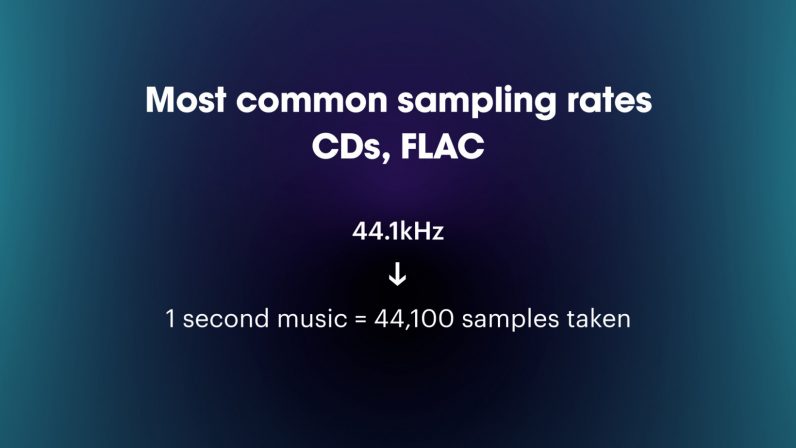
The higher the sample rate, the higher the quality — up to a point. You can visualize it with this graph:
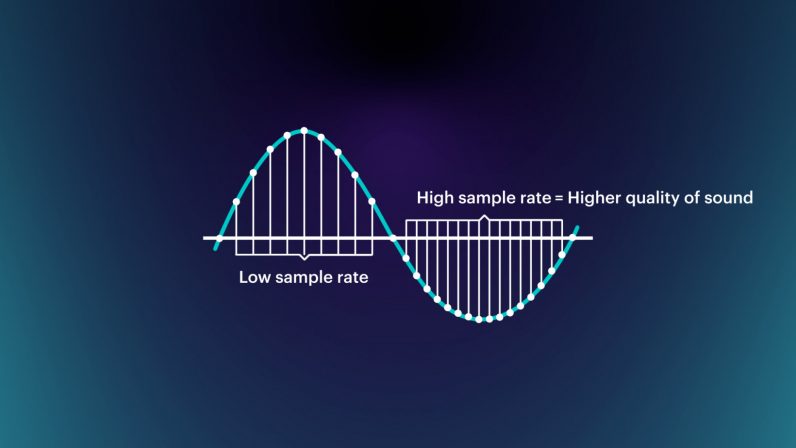
What sampling rate does is determine the highest frequencies that can be accurately represented. With the 44.1kHz sampling rate we were discussing earlier, that means sounds of up to 22kHz can be accurately reproduced.
The reason it’s this and not 44.1kHz is down to the Nyquist theorem. There’s no need to go over that right now, but if you’d like to read a little more about this and sampling rate, go here.
Now, the limits of human hearing go from about 20Hz to 20kHz. Most people can hear nowhere near this high, in fact the average for most adults is between 15 and 17kHz. We’ll return to that later.
Anyway, to sum this section up, sampling rate can roughly be seen as the audio version of frames per second. On top of that, it also controls the frequency range of the sounds we hear.
If you’d like to know more about sampling rate, head over here to read our full, unfiltered article on it. You’re welcome.
What is bit depth?
If sampling rate can be seen as the frames on a screen, then you can see bit depth as similar to the resolution. In this way, bit depth is effectively how detailed each sound is.
Bit depth has a direct relationship to sampling rate. Let’s take the CD standard bit depth of 16-bits.
What this means if you have 16 bits of information per sample. If we combine that with the standard sampling rate (44.1kHz), that means that each of those 44,100 samples have 16 bits of data.
Now, something that bit depth does is control the dynamic range of a sound. What this means is the difference between how loud and quiet respective parts of the music are.
There are four main bit depths used in uncompressed digital music: 8-bit, 16-bit, 24-bit, and 32-bit — basically, the higher these are, the more dynamic range there is available.
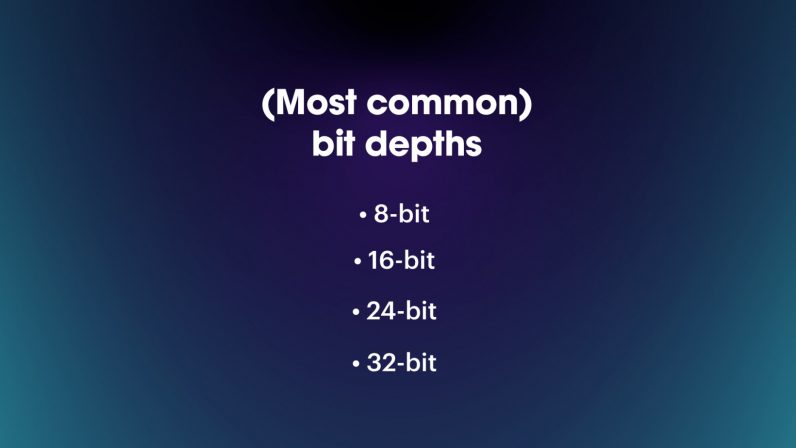
But here’s the kicker (and something that may annoy audio nerds): you’re supremely unlikely to hear the difference between a 16-bit bit depth and anything higher. The use of those higher bit depths is more important for recording and mastering than it is for listeners.
We could go into much more detail about this — as well as the counter points — but it’s not really worth our time, especially in this piece. The most important thing to remember about bit depth is it describes how much information is taken per sample. This sums it up nicely:
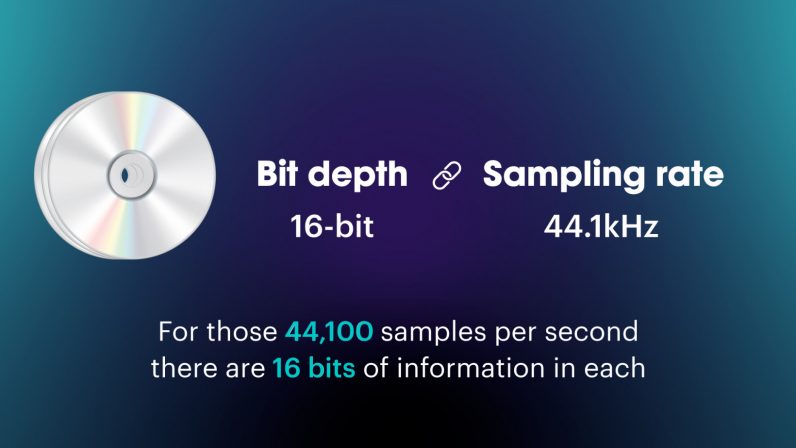
If you want to find out more about bit depth, we put together this longer piece to help you out. You are very welcome.
Lossless vs. lossy
This is a good time as any to define the difference between lossless and lossy music. Now, when music has a sampling rate and bit depth — things like CD, FLAC, and WAV — it’s known as lossless. That’s because no (or very, very little) information is thrown away.
Lossy files, on the other hand, are compressed. It’s literally lost — and I mean literally, not figuratively — because some information is lost in this process. Basically, it’s how MP3 and AAC files are so small.
It’s important to note though that this compression isn’t random. Quite the opposite, especially these days. The idea underpinning music compression is to take advantage of quirks in the human hearing system in order to remove information we won’t notice.
The easiest of these techniques to explain is the files remove certain frequencies above and below humans’ hearing threshold — that 20Hz to 20kHz range we discussed earlier.
But MP3 compression includes techniques that take advantage of other psychoacoustic principles, such as temporal and simultaneous masking. It’s incredibly smart and has resulted in a truly breathtaking file size to quality ratio. We’ll get onto what that means shortly, but before then… A ROUND-UP IMAGE.
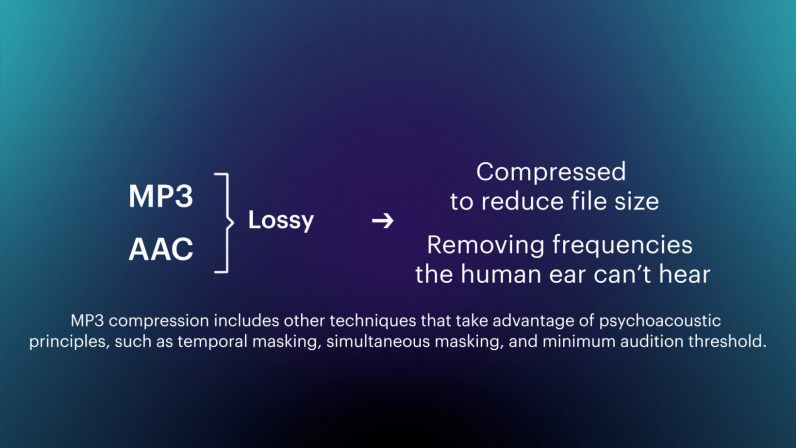
Basically, the reason I put this little explainer here is because while lossy music technically has a sampling rate, it has no meaningful associated bit depth. This is why quality in these sort of files is expressed with something called bitrate.
What is bitrate?
Effectively, this is an expression of the amount of data a file is producing per second. Ergo, 320kbps or, to give it its full title, 320 kilobits per second.

The most common of this type of file is the MP3 — and 320 kilobits per second is its highest available quality. This is what Spotify Premium will play when you select the “Very high quality” option on desktop, mobile, and tablet.
In comparison, an average CD has a bitrate of 1,411 kilobits per second — effectively 4.5 times the quality of the highest MP3. We covered above why this is: CDs are lossless, and MP3s are lossy.
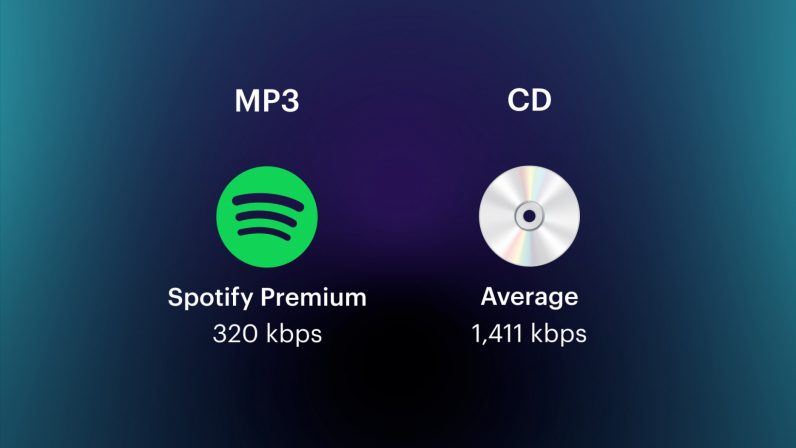
What music quality actually means
Here is where I want to provide some context about what all the above actually means.
A short disclaimer though: “quality” is subjective. There are people who will prefer the sound of compressed files. That’s life. On top of this, “quality” in the way we’re talking about it (the most accurate reproduction) depends on equipment too. If you don’t have good gear, you won’t hear the subtle details.
Anyway, with all that in mind, let’s make some broad brush strokes about how lossy vs. lossless files sound:
- A lossy 128kbps MP3 file is compressed enough most people will hear degradation — say, the music sounding slightly tinny.
- The higher this kilobits per second figure rises though, the less most of us will be able to hear quality improvments. For example, a lot of people drop off around the 200kbps mark.
- Then you get to the 320kbps MP3. The majority of folks won’t be able to tell the difference between this and a lossless file — unless you have the right equipment and some strong critical listening skills.
That’s a good list, right? WOULD BE A SHAME IF SOMEONE MADE A DIAGRAM OF IT.
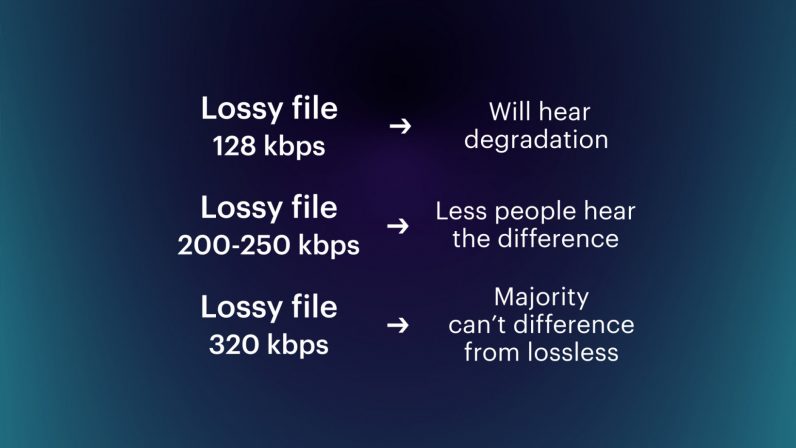
What I’m getting at is simple: lossless audio isn’t a big of a deal for most people. And that’s totally cool. If you’re interested in exploring this topic further, I’d recommend you go and read this excellent article.
Phew, it took us a while to get to this point, but I think it was worth it. We’re all be on the same page about music quality, which leads us to…
Our beautiful, spellbinding, and under-appreciated CDs
Now, friends, we’re going to get granular on the reasons why I think CDs are incorrectly unloved. They are far more than flea market fodder and things only your gran buys because she can’t work out that new fangled phone. No, they’re wonderful — and I’m gonna tell you why.
CD quality is immaculate
I said above that high quality (250kbps+) MP3s are good enough for most people — I’m not going to backtrack on that, but… are you most people?
This is how I see the lossless argument. I don’t think lossless makes much of a difference when you’re listening to new music. If you’re browsing Spotify for fresh artists, or have something on in the background, the extra quality is, honestly, barely noticeable.
You really have to listen in a critical and quite unnatural way to hear any difference.
Where I do find joy with lossless audio is with music I know intimately. These are the tracks and albums I’ve listened to enough that I hear the tiny breaks in someone’s voice, the particular buzz of a half-misplaced finger in a chord, or the upper register when the drummer catches the crash cymbal stand.
And CDs deliver that.
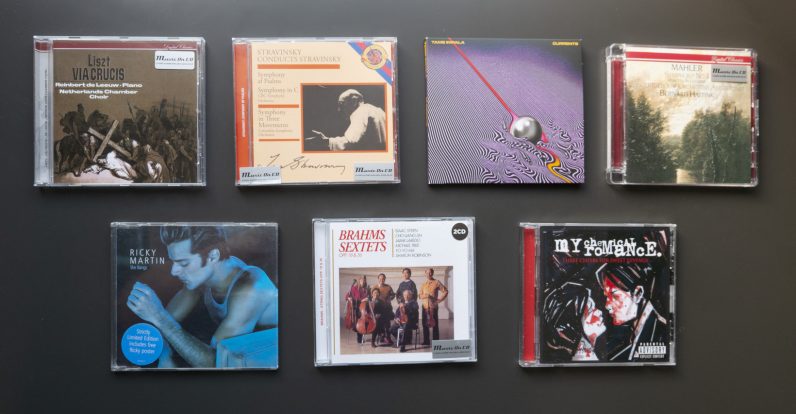
I mentioned earlier in the sampling rate and bit-depth explanations that the 44.1kHz and 16-bit figures were beyond the capabilities of most people’s hearing. Well, to reiterate, this is the quality of CDs.
And that’s no coincidence. CDs were literally designed to outstrip your ears.
(NOTE: There is a big topic of contention in the audio world about “hi-res music,” which are digital files with greater quality than a CD — in other words, above the 44.1kHz, 16-bit threshold. Some people claim you can hear the difference, others that you physically cannot. Basically, if hi-res music makes you happy, that’s great. No need to get angry with us about it).
What this all amounts to is that CDs deliver some of the finest audio you can buy. And, on a fundamental level, I love it. The detail; the lows, mids, and highs; and the depth of the sound is supremely phenomenal.
But let’s be as balanced as we can here. CDs aren’t the only place you can get music of this quality. Streaming services like TIDAL (and soon Spotify) offer it too — which is a fantastic option to have.
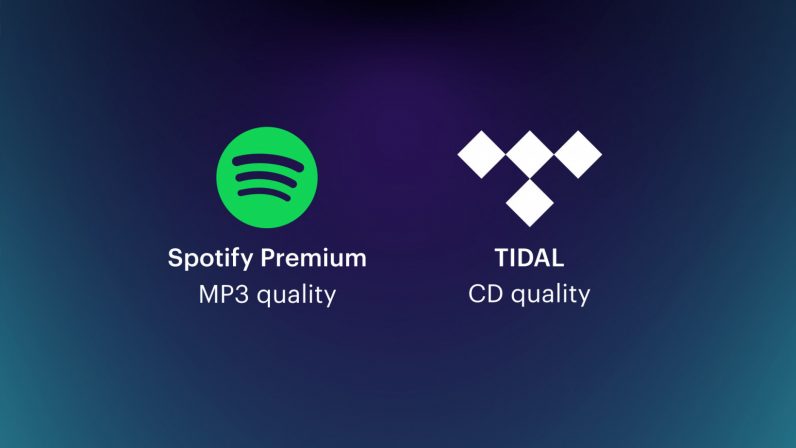
Here though is when we bump into another benefit of compact discs…
With a CD comes full ownership
When you listen to a song on a streaming service you’re merely renting it. It can be changed or taken away at any time. With CDs this isn’t the case — you can do what you damn please with those tunes.
This means that you can build a digital library, transfer songs to MP3 players, set up a media server; the options are pretty much endless. And that control is both intoxicating and freeing.

There is a glaring issue with CDs though: cost.
TIDAL HiFi clocks in at $20 a month. And I can tell you one thing: you’re not gonna get many CDs for that. Still, the counter balance to that is how much you value having full control over your music.
And, while we’re talking money…
CDs are the most reasonably priced of all physical music formats
There’s no doubting CDs are expensive compared to streaming services, but they’re far and away the most reasonably priced of all physical music formats.
Let’s clear the elephant from the room: brand new CDs aren’t actually that cheap. In fact, they’re still weirdly pricey, with many of them hovering around $10 to $15. That took me aback at first, but then I saw digital albums on Amazon were retailing for a similar price: around $8 to $10.
Shelling out those extra few dollars for a CD is worth it — especially as you can create whatever damn digital file you want from an actual disc.
The real value of CDs though? That’s in the second-hand market. About 10 or 15 years ago, I remember being able to pick up used vinyl at great prices, but, as its popularity has increased, so has its cost. Which — and I’ll be honest — isn’t my favorite thing in the world.
CDs though are in the sweet spot. Public interest at large hasn’t swung back to them, meaning there are shit tons of music shops still stuffed with compact discs, many of which are being sold for only a couple of dollars.
In other words, it’s bargain city out there, people, an under-appreciated, bargain city.

I talked about records a little in this section, so I think that makes it the ideal time to do…
Vinyl vs. CDs
This is a slight tangent, but I think there’s an important discussion to have comparing the two most dominant physical music formats.
I’m primarily a vinyl collector. I grew up buying CDs and splashed a lot of cash on them during my teens. But for the past 12 years or so, the lion’s share of my physical music purchases have been vinyl.
I love records. I prefer the feel and sound of them over every other music medium. At the risk of sounding like a wanker (although that ship sailed some time ago), vinyl is special. The sound is rich and warm, the playing experience joyous — the whole process is simply magnificent.
Despite all this, CDs are better. God, I can’t believe I just typed that. Let me explain that horrendous statement using… facts.
First off, vinyl is far more temperamental than CDs. Records are pretty easy to warp, break, and damage over time — CDs are a lot hardier. Secondly, there’s so much that can go wrong with actually playing a record. To get the best out of the format you need a good record player, a solid cartridge, a new-ish needle, and a decent phono pre-amp. With CDs you just plug in the player.
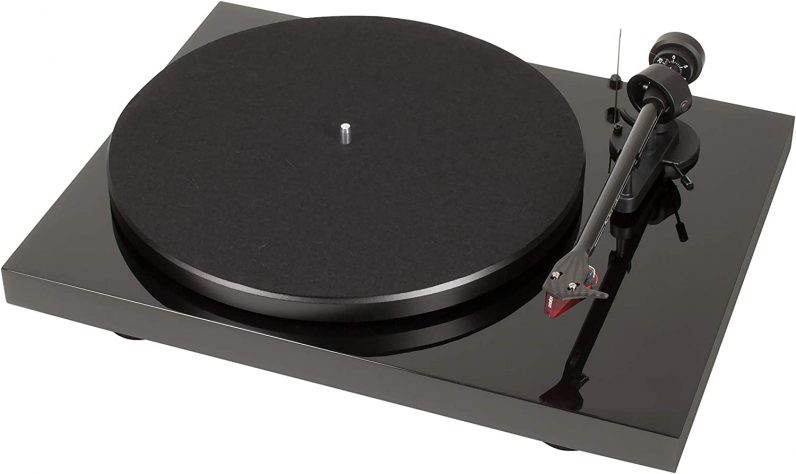
Another benefit compact discs have is how they bridge the divide between the physical and digital.
I would assume that if you’ve made it this far in the article, there’s a strong possibility you have a digital music library. You can rip a CD in any file format you desire. But when you purchase a record it’s often hit and miss if you get a digital download at all, let alone any guarantees on the file type and quality.
Then we bump into the storage situation.
One of the benefits of CDs — especially if you’re using them effectively as a back-up for digital music — is you can take them out of their jewel cases and put them into a slip folder. By doing this you can store hundreds of them in something that takes up the same amount of space as a coffee table book. Try doing that with vinyl.

CDs are under-appreciated: the summary
Look, compact discs aren’t perfect. Not really close. They aren’t as useful as streaming services, or as romantic as vinyl, but they do deserve more respect than they receive.
Basically, what I’m saying is that CDs are under-appreciated, especially by the “younger” generations. (At 32 I can no longer be considered young). The format delivers optimum sound quality, flexibility, can function as backbone and back-up of a digital music collection, and can be stored easily. What’s not to like?
And, I’ll tell you this: CDs will rise again. Whether it’s in a few months or a couple of years, we’re going to see a compact disc resurgence. Come on, young people, I’m relying on you to make me look smart.
Anyway… let’s shift the discussion from the CD format, to how you can actually play the damn things.
How can we truly appreciate the humble CD?
In the section about quality, I mentioned a few times the importance of good equipment. That’s what this is about.
In my mind, there are two ways to truly listen to and hear a CD: with a hi-fi system or with a computer. We’re going to mainly talk about the former. First though, some personal bullshit. Strap in.
As you can probably tell by this sprawling article, I’ve got bang into CDs again recently. And what really got me excited about the format was how fresh this experience felt.
As a kid, I had a few different ways of playing CDs. I had a Discman, but my pride and joy were the two all-in-one compact systems I had over the course of about 10 years. While these ranged from kinda crappy to actually pretty solid, they weren’t really audiophile-quality.
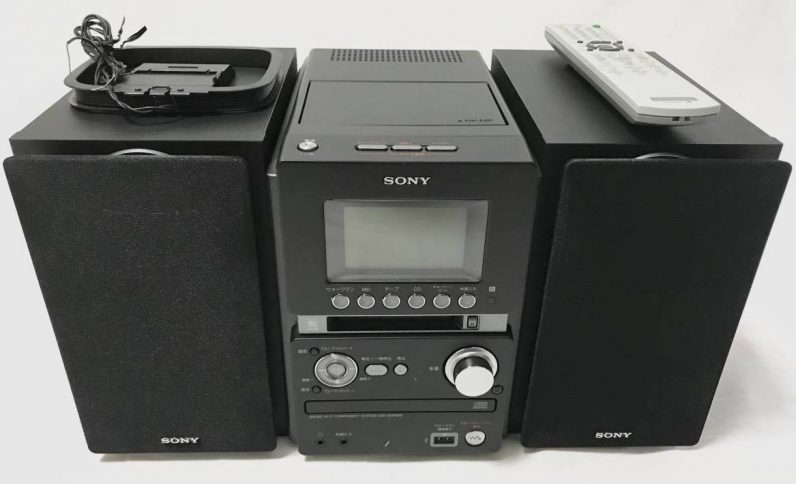
Now I’ve been using a separate CD player plugged into my Hi-Fi system and, let me tell you, I’m in love. So, everyone, say hello to the Marantz CD6007…
Mini review: the Marantz CD6007
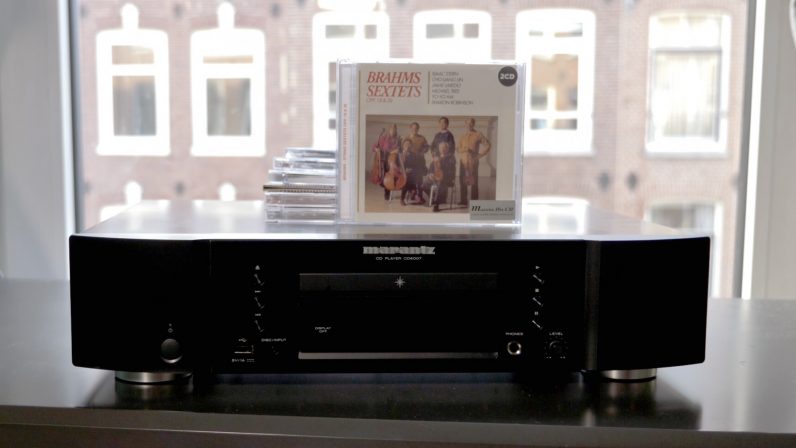
I’ve now mentioned a few times in this piece that if you’re going to take advantage of CDs’ best qualities, you need the appropriate equipment: and the Marantz CD6007 is just that.
There’ll be a deeper review coming soon, so consider this section more of a brief foray, a starter if you will, rather than a full, meaty meal.
So, I’ve been a big fan of Marantz’s equipment for years (their amps in particular are fantastic) — and I’m happy to report the CD6007 is no exception.
The machine has that typical Marantz aesthetic (I’ll leave it to you to judge if that’s a good or bad thing) and seems built-to-last. The whole thing is solid, reeks of quality, and is well-constructed. It feels like a piece of premium technology, which is what you want from a piece of, uh, premium technology.
Using the CD6007 is as simple as you’d like: you plug it in, slot in a CD, and the thing starts pumping out sound. And, friends, what a sound.
I tried a range of different music, from classical to emo (I PROMISE), and was continually blown away by the CD6007’s presentation and detail. The sound is spacious and rich, the bass has a good energy, and the high-range is clear and true.
Whether it was the ringing harmonics on a violin string, the throaty grating of a metal vocalist, or the boom of electronic music, the CD6007 handled it with aplomb. Using it is a joy — and I’ll throw down if someone tries to pry it out of my hands. Honestly, fight me.
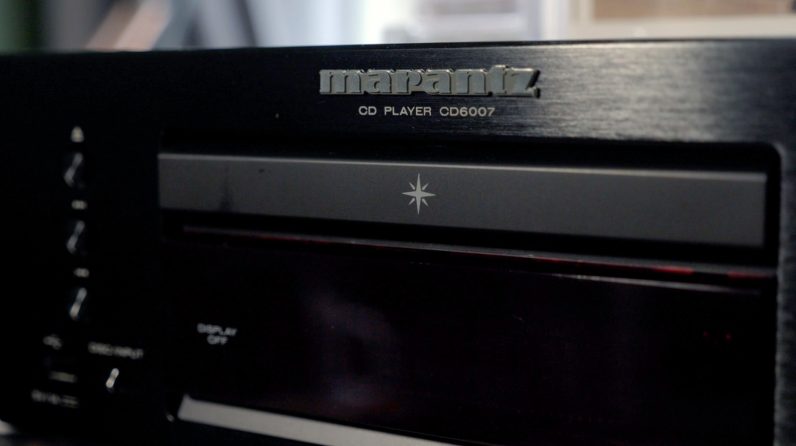
Oh, and not only does the Marantz CD6007 play CDs like a champ, it can also deal with high-quality digital files too via a USB slot. This is what we call synergy, people.
It’s not all gravy, as the hardware doesn’t come cheap. It retails at $500, which is an awful lot of money. Despite this, it’s a gorgeous piece of equipment that I have great affection for.
A quick note on the other way of playing compact discs
I mentioned another way of listening to CDs is with a computer. If this is the route you want to take (and it is cheaper), I’d suggest picking up a DAC (digital-to-analog converter). There’s a whole world of them out there, but you can’t go wrong with ones from companies such as FiiO, Chord, and Audiolab.
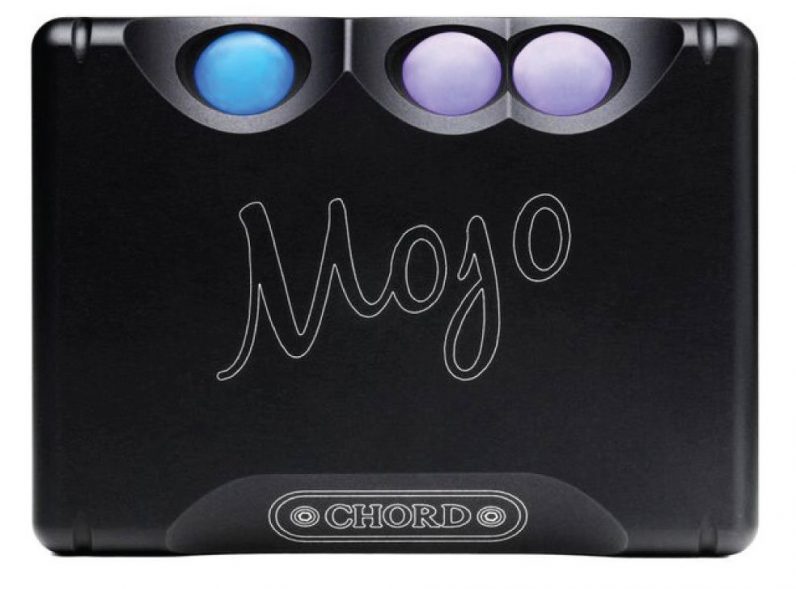
With all this in mind… should you start collecting CDs?
To me, all this hinges on one simple question: do you have a separates Hi-Fi set-up already? If you don’t, go and get this sorted.
I truly believe that any music lover should strive towards a having a full separates system. This set-up offers the most flexibility, the greatest sound, upgradeability — I really can’t extol the virtues of a Hi-Fi system enough.
Anyway, if you have something like this already, then, please, go right ahead and get back into CDs. It has the potential to add another dimension to your listening, if you can make it work in your habits (more on this shortly).
I’ve summed this argument above up in a handy chart:
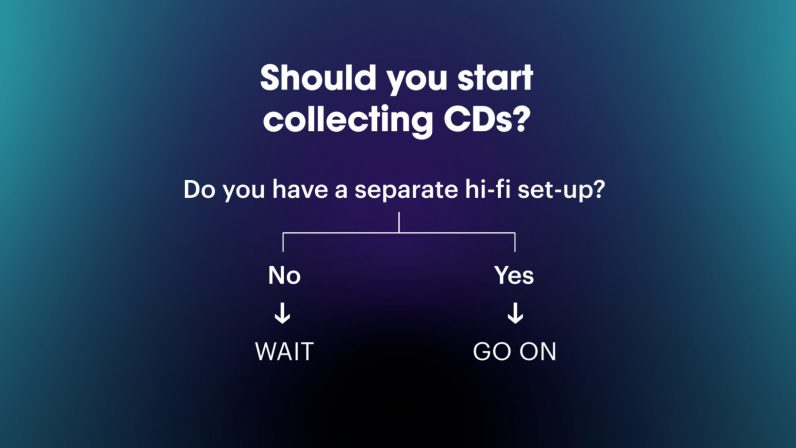
Another element you should consider before wading into the CD world is whether you already have a bit of a collection. Personally, I still have around 600 CDs at my folks’ house. This makes getting back into the format far easier, as it means I can add to my collection, rather than starting totally from scratch.
This is something you should think long and hard about if you’re starting from ground zero. There’s no point in spending a chunk of cash on CDs only to wish you began collecting vinyl instead.
But, I do believe there’s a person who can — and should — switch to CDs: those who purchase digital music. If you’re that guy who buys full albums on Amazon, then move into getting CDs. For only a fraction more paper, you can have far more control over your music, as well as a strong back-up system.
So, should you start collecting CDs? Maybe. I dunno — that’s gotta be a decision you make. And that means you have to ask…
How do CDs fit in your listening habits?
This is the biggest consideration you have to make before getting into CDs. If you’re going to spend all the money on the equipment, then it has to slot into your life seamlessly.
There are a million different ways you can achieve this, but maybe you’ll find it useful to hear about how I manage it. Also, I really want to talk about it because it’s something that occupies my monkey brain.
Firstly, I’m the owner of a range of different music-playing hardware. I’ve got a record player, a tape deck, a streamer, a digital music library, a Spotify subscription, and a CD player.
Over the past few years, each of these bits of audio kit have found their niche. For example, during work I’ll use something like Spotify. This is because it’s simple to find background music (ATMOSPHERIC JAZZ BEATS) and takes up almost no mental capacity.
If I’m out walking or moving around or doing tasks, I’ll revert to my own digital music library. And, to be honest, this forms the meat of my active listening. Why? Convenience and flexibility.
When it comes to physical formats, I’ll often put on records in the evening, especially while cooking. Weekends are also a prime time for vinyl. This also tends to be the format I use when I buy new music.
With the tape deck, I sometimes use it for playing old pop tracks (80s music sounds especially good), but more often than not I play ambient albums on it. There’s something about the sound of cassettes that adds something to the music, and it’s perfect to have on while I’m reading.
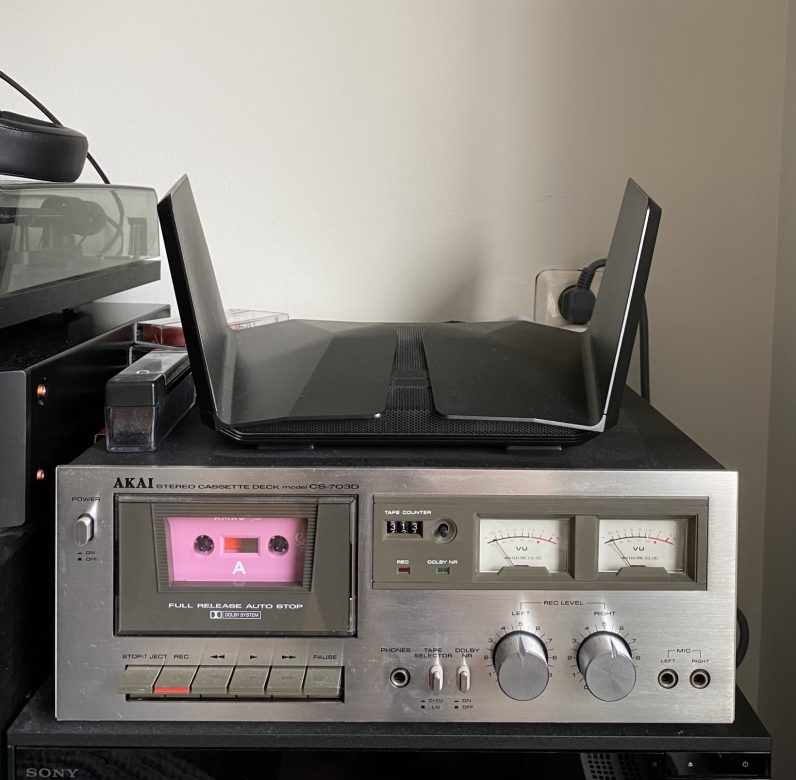
Where I’ve found the CD player sits in my life is with classical music. The precision of that genre, its dynamic range, its focus on small details, all these things add up to make listening to it on compact disc the most glorious experience. It’s supremely pleasant to whack on a violin concerto with a pair of wonderful headphones and get lost.
The CD player is also fun as a nostalgia tool, as it means I can go through my compact discs from back in the day (although, at the time of writing, I still haven’t been back to the UK to pick them up. Damn, rona).
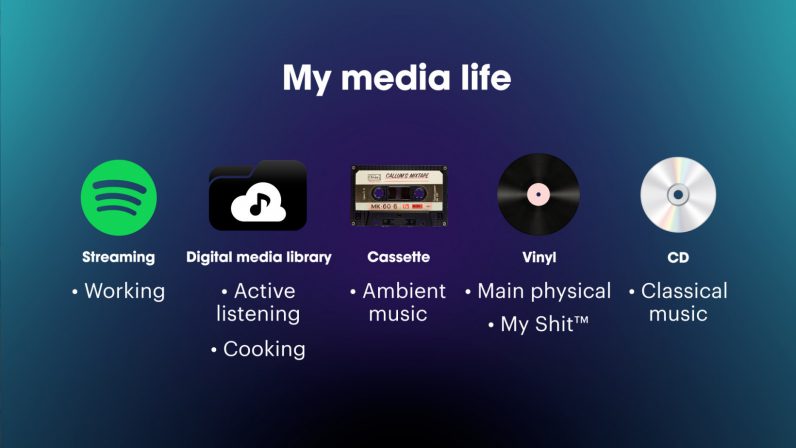
This is just how I balance using the different hardware and music formats. This is far from the only way, but before you commit to a format like CDs, you really should think about how they’d work for you.
And, really, that’s been my goal with this whole article: to show the benefits of CDs and the positive impact they could have on your life. Oh, and I also just really wanted to talk about CDs. Let’s not forget that.
The big old conclusion
Phew — we’re finally coming to the end of this piece. We’ve touched a huge number of topics along the way, but I think we can get this done succinctly: it’s time to reconsider the humble CD.
Sometimes it feels as though the audio world is always chasing after the next best thing, searching for ever-higher quality, but, in reality, there’s little out there that exceeds the humble compact disc.
But let’s take stock: for the large majority of people, streaming is perfect. The quality drop-off between lossy and lossless is minimal, plus shit like Apple Music is so damn convenient.
But… if you had to choose between collecting vinyl or CD? Go vinyl. Sorry, CDs. It might not be logical but it’s what my heart says.
That doesn’t mean I don’t love CDs. Quite the opposite.
In regards to physical music, they deliver the best price to sound quality to flexibility ratio. And yeah, it’s strange to me that vinyl is so adored, yet CDs are unloved by the music world at large. I expect this is going to switch around in the coming years though.
Whether it’s nostalgia, fragmentation of streaming services, or something else, the compact disc resurgence will come. Probably. Don’t quote me on that. But even if it doesn’t, who cares? I dig CDs now.
Are CDs perfect? No, of course not. Far from it — and we’ve gone through that above. What is certain though is they don’t get the respect they deserve. So, CDs, if you’re listening, I just want you to know that I respect you.
Get the TNW newsletter
Get the most important tech news in your inbox each week.



